Having a well-defined SaaS sales funnel is a necessity, not just a nice-to-have. The funnel is the backbone of your business, since it guides developers from prospects to paying (and loyal) customers.
But what does it take to create a SaaS sales funnel that truly works? What are the key stages, and how do you ensure potential customers transition smoothly through each of them?
- What’s a SaaS sales funnel?
- SaaS sales funnel vs SaaS marketing funnel
- How is a SaaS sales funnel different from a traditional sales funnel?
- SaaS sales funnel stages
- What about a B2B SaaS sales funnel?
- AARRR, the pirate metrics
- What are the common mistakes to avoid when building a SaaS sales funnel?
What’s a SaaS sales funnel?
In SaaS marketing, specifically when you’re marketing to developers, a sales funnel represents the journey a developer goes through from when they first come into contact with your software to the point of conversion.
Customers may not always follow the funnel strictly (for example, a developer might go straight from awareness to purchase without comparing with other products), but it’s a good rule of thumb to create it in the first place.
After all, a good SaaS sales funnel allows you to:
- Understand the customer journey better
- Spot opportunities and gaps
- Boost your conversion rates
- Forecast sales and revenue
- Improve customer retention
- Allocate resources efficiently
SaaS sales funnel vs SaaS marketing funnel
While these two funnels are not completely separate (as the marketing funnel feeds into the sales funnel), they focus on different stages of the customer journey.
For example, SaaS sales funnels are more about converting a lead into a paying customer and consist of different stages when compared to SaaS marketing funnels (like lead qualification, product demos, and proposal).
Here’s a comparison table that outlines the key differences between a SaaS marketing funnel and SaaS sales funnel:
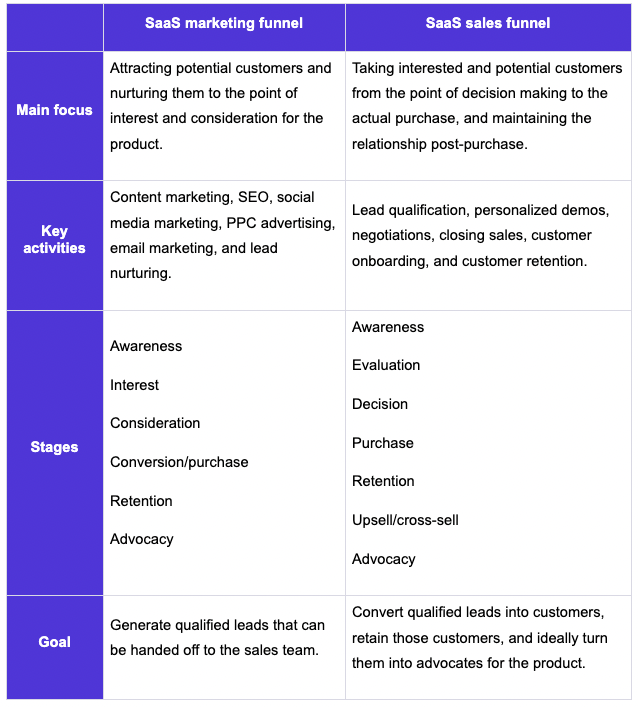
The specific stages and activities can vary depending on the particular strategies and processes of each SaaS company.
Below, we’re looking into the different SaaS sales funnel stages into more detail.
How is a SaaS sales funnel different from a traditional sales funnel?
They share the same basic structure and goal, which is to convert people into paying customers.
However, a SaaS sales funnel has unique features that a more traditional funnel may not have, including:
- Free trials and freemium models
- Higher degree of education about the product
- A detailed onboarding process (with documentation)
- A strong focus on customer retention (including renewal and upselling)
- Continuous engagement with customers
- Metrics like Monthly Recurring Revenue and Customer Acquisition Cost
SaaS sales funnel stages
A sales funnel for a SaaS company can be divided into several stages – while these vary depending on the org, goals, audience, etc., a general model tends to include the following stages:
1. Awareness
This is the topmost stage of the sales funnel. Here, potential customers become aware of your product through different channels, such as paid ads, social media (such as LinkedIn and Twitter), blogs or webinars, SEO, events, and more. The goal is to attract as many leads as possible.
📌 Examples of things you can do at this stage:
- Create valuable content that resonates with your audience, consider SEO, and share it on social channels; this should include developer communities too.
- Use platforms like Google AdWords to drive targeted traffic to your site with ads.
- Respond to comments on social media, to build relationships with potential customers.
📈 Metrics you should track:
- CTR: click-through rates from advertising campaigns.
- Subscribers: number of new subscribers for newsletters, webinars, podcasts, etc.
- Website traffic: the number of people who visit your site.

2. Evaluation
At this stage, prospects are considering your product among others. They’re comparing features and pricing, as well as looking at customer reviews and signing up for free trials. Your sales and marketing teams should be available to answer questions, provide demos, share case studies, etc.
📌 Examples of things you can do at this stage:
- Provide hands-on experience of your product with free trials and demos, allowing developers to understand its benefits and features.
- Highlight how your product compares favorably to competitors with comparison charts, focusing on your unique selling points.
- Use sales calls and personalized emails to offer more information that address a specific query or developer need.
📈 Metrics you should track:
- Time spent on page: this is the seconds or minutes people are spending, on average, on a page before moving on to a different one.
- Lead response time: this measures the time it takes for you to respond to a lead after they’ve expressed interest in your product (through filling out contact forms, sending inquiry emails, etc.).
- Sales call frequency: the number of times a sales rep reaches out to prospects or existing customers over a certain period of time.
3. Decision
This is where prospects are considering making a purchase. During this stage, they might engage with your sales team to discuss prices and onboarding support, and may also require a demo. Developers will have evaluated all options and are ready to choose a SaaS solution.
📌 Examples of things you can do at this stage:
- Create urgency with time-bound discounts or special offers.
- Send tailored follow-up messages to address developers’ unique concerns and reiterate your value proposition.
- Use personalized email sequences to nurture leads, answering questions and addressing concerns.
📈 Metrics you should track:
- Sales cycle length: the average amount of time from initial contact with a prospect to closing the deal (i.e., how long it takes to move a lead from the top of the SaaS sales funnel to the bottom).
- Email open rates: the percentage of people who open an email from your campaign. To calculate it, divide the number of emails opened by the total number of emails sent, and subtract the ones that bounced.
- Conversion rates: the percentage of users who complete an action, which could be trial sign-ups, purchases, or downloads.
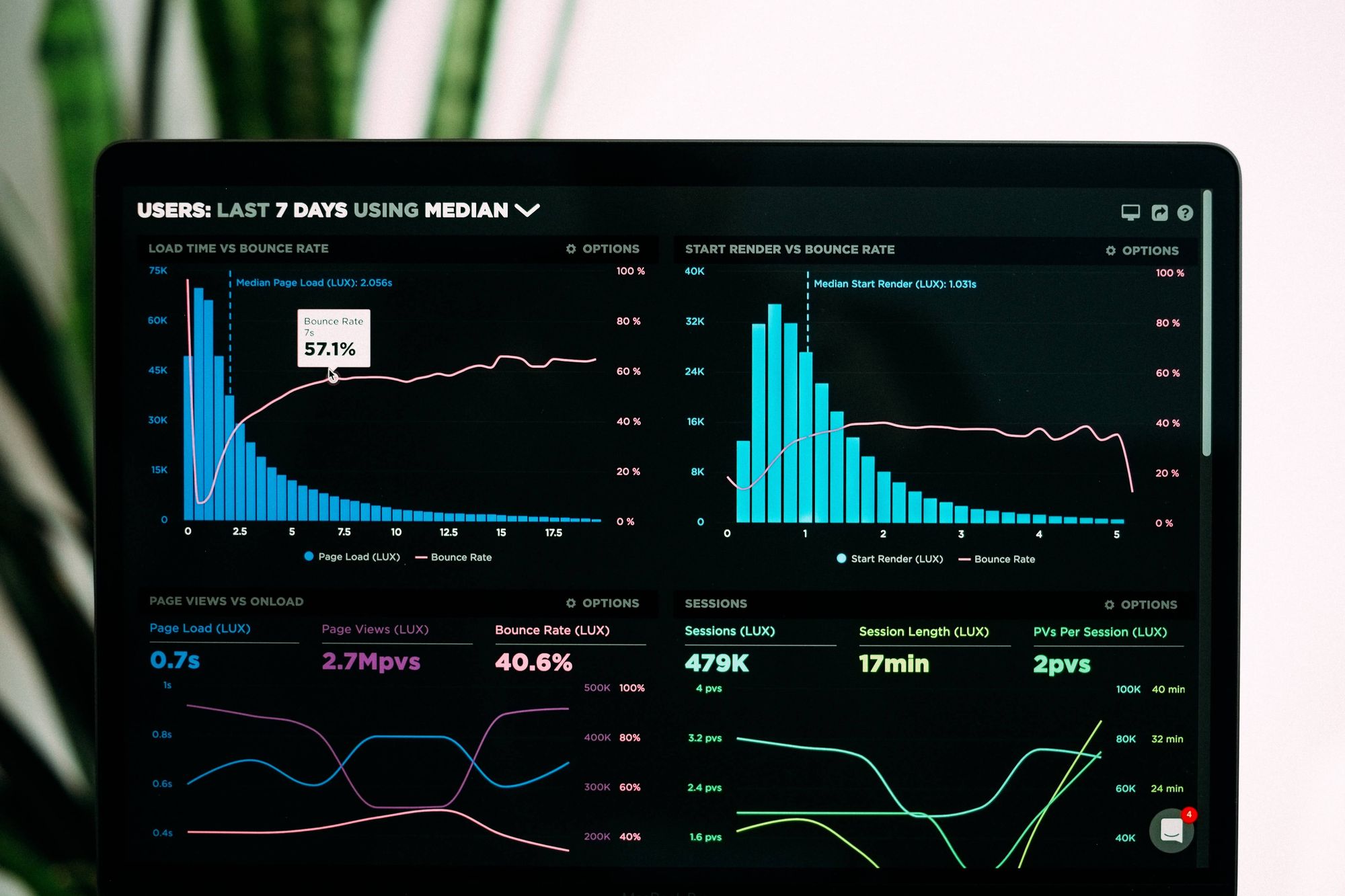
4. Purchase
This stage is when prospects finally become customers by buying your SaaS product – typically, this means signing up for a paid subscription plan.
📌 Examples of things you can do in this stage:
- Provide onboarding support to help developers get started with your product. This can be welcome emails, personalized training, or access to key resources.
- Send immediate purchase confirmation and ‘thank you’ emails, as well as messages that provide next steps and helpful resources.
- Streamline the purchasing process to avoid card abandonment; for this, offer different payment options, eliminate surprise costs, simplify forms, etc.
📈 Metrics you should track:
- Revenue: represents the total income from customer subscriptions to your product.
- Number of new customers: the total number of new customers acquired over a specific time period (daily, monthly, quarterly, or annually).
- Average purchase value: average total of every order placed over a specific period of time, calculated by dividing the total revenue by the number of orders/purchases.
5. Retention
This is often overlooked, but it’s still a key stage to consider in your SaaS sales funnel. SaaS often operates on a subscription model, so it’s crucial to keep developers happy and engaged to prevent churn.
📌 Examples of things you can do in this stage:
- Offer excellent post-purchase service to help developers resolve any issues they encounter.
- Provide ongoing resources, like webinars, tutorials, and knowledge-based articles to help developers make the most of your SaaS product.
- Reach out to customers to ask for feedback, offer help, or share new updates and/or features.
📈 Metrics you should track:
- Churn rate: percentage rate at which developers stop subscribing to your SaaS product.
- Customer satisfaction score (CSAT): tracks how satisfied customers are with your product.
- Customer lifetime value (CLTV): total revenue you can expect from a single customer account.
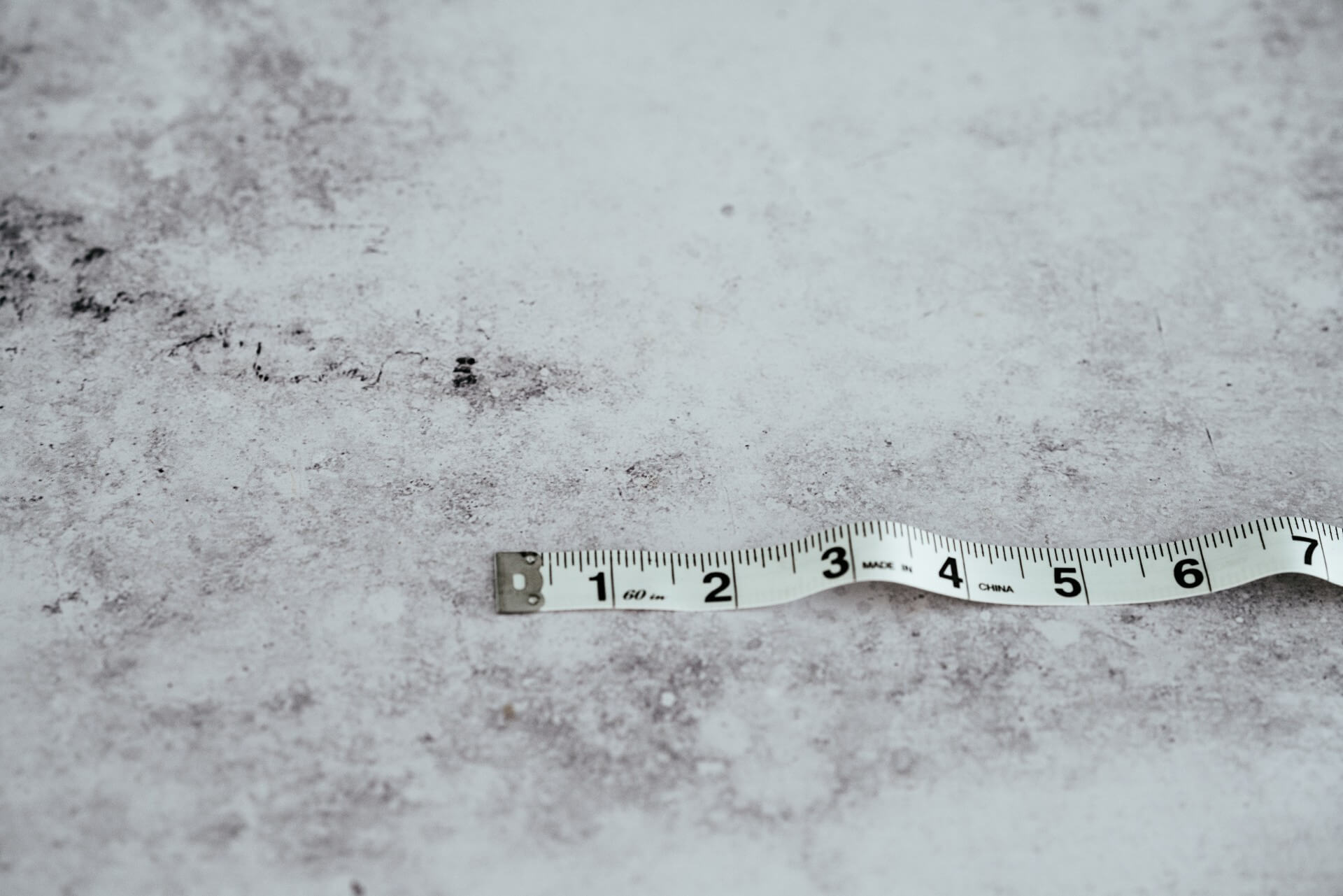
6. Upsell/cross-sell
Once customers are satisfied and have been using your product for a while, there may be opportunities to upsell (upgrade developers to a more expensive plan with more features) or cross-sell (offer them another product that complements the one they already have).
📌 Examples of things you can do in this stage:
- Based on usage data, you can suggest additional features or products via personalized recommendations that can bring developers more value.
- Provide exclusive offers and deals to existing customers.
- Showcase the benefits of premium features to encourage upgrades.
📈 Metrics you should track:
- Upsell/cross-sell conversion rate: measures the effectiveness of your upselling and cross-selling strategies, and it’s calculated by dividing the number of successful upsells/cross-sells by the total number of opportunities.
- Average transaction value: measures the average total of every sale per customer over a given period of time.
- Product penetration rate: percentage of your total potential market that has purchased a product.
7. Advocacy
When customers are happy, they tend to become advocates for your product. They may leave positive reviews, refer other developers, and even serve as case studies or leave testimonials. This stage feeds into the awareness stage, and helps to create a cycle of attracting and retaining customers.
📌 Examples of things you can do in this stage:
- Develop a referral program that rewards developers (with discounts or free months of product) for referring your product to others and encourages them to spread the word.
- Incentivize customers to share their positive experiences on social media, on platforms like Capterra and G2, or write reviews.
- Facilitate a community of users through forums or social channels, where they can interact.
📈 Metrics you should track:
- Number of referrals: the number of existing customers who refer new customers to your product.
- Social media mentions: number of times your product (as well as brand or service) is mentioned or tagged on various platforms.
- Customer advocacy rate: percentage of customers who are advocates for your product.
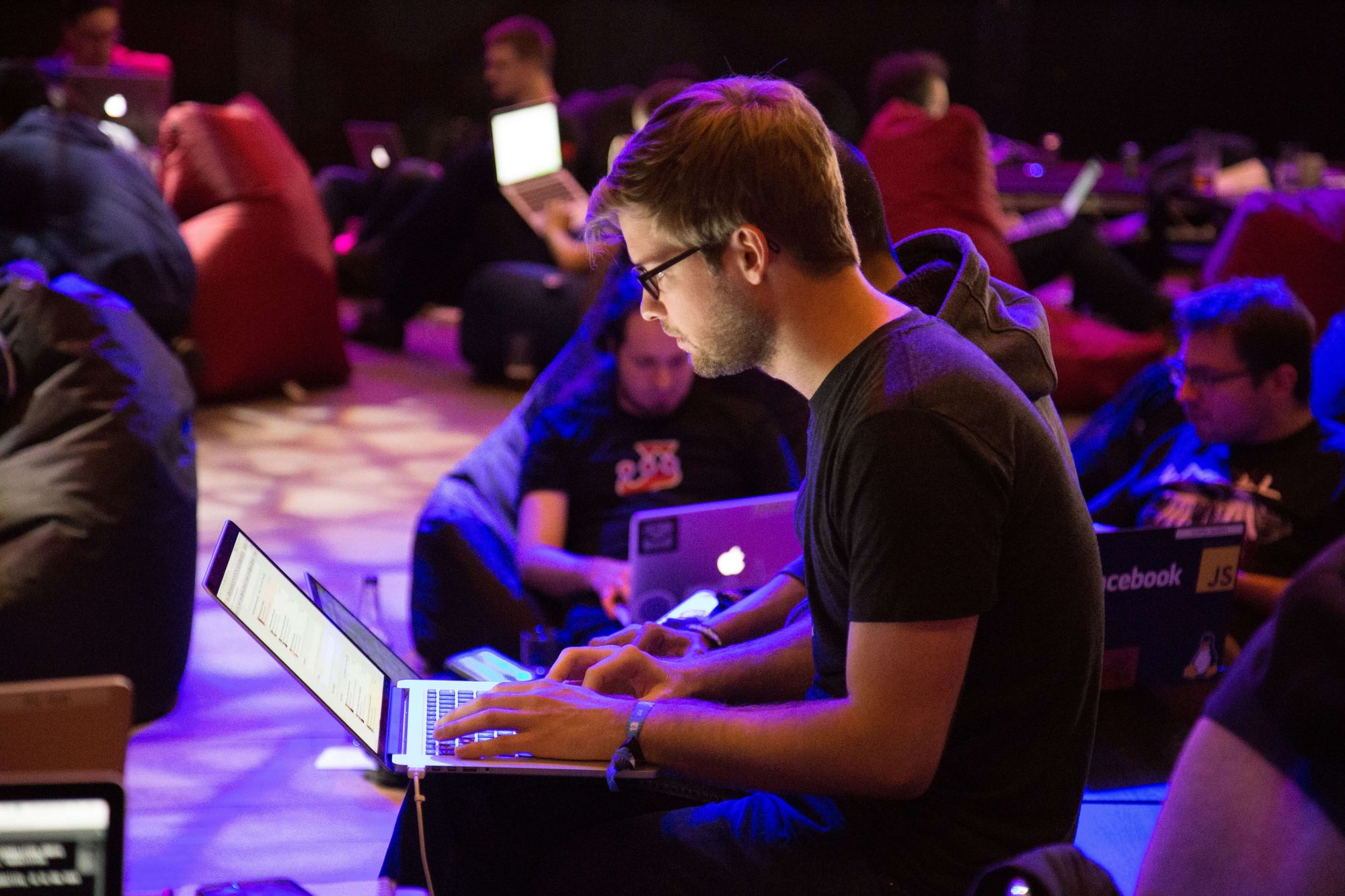
What about a B2B SaaS sales funnel?
So, what’s a B2B SaaS sales funnel and how does it differ from other SaaS sales funnels? It’s a specific funnel used by businesses that sell software on a subscription basis to other businesses, meaning it’s different from a B2C (business-to-consumer) model.
For instance:
- The B2B sales cycle tends to be longer than the B2C one.
- There’s more emphasis on building relationships in the B2B model.
- B2B SaaS companies usually offer customized solutions than B2C orgs.
- B2B SaaS solutions tend to be priced higher, since they offer more value and personalization.
The typical stages in a B2B SaaS sales funnel might include:
- Lead generation
- Lead qualification
- Product presentation/demonstration
- Proposal and negotiation
- Closing the sale
- Retention and expansion
AARRR, the pirate metrics
AARRR, or pirate metrics, is a set of key metrics used to measure the effectiveness of a business model, particularly in the context of startups and digital products, like SaaS.
Although initially associated with growth and user acquisition in the product development lifecycle, these metrics can also be applied to the SaaS sales funnel to track and optimize performance at each stage.
For example, they can align with the funnel:
- Acquisition: corresponds to the ‘awareness’ stage of the funnel, where you want to attract potential customers to your product. Metrics include website traffic, social media followers, CTR, and organic search rankings.
- Activation: focuses on turning leads into active users by getting them to take a desired action. It corresponds to the ‘evaluation’ or ‘decision’ stages of the funnel. Metrics include trial sign-ups, user engagement with key features, and account creations.
- Retention: aligns with the ‘retention’ stage of the SaaS sales funnel, and measures the ability to retain customers and ensure the product adds value to them, so they can keep using it. Metrics include user engagement, churn rate, and CLTV.
- Revenue: corresponds to the ‘purchase’ stage of the funnel and focuses on converting users into paying customers and maximizing revenue. Metrics include average purchase value, upsell/cross-sell revenue, average revenue per user (ARPU), and revenue growth.
- Referral: associated with the ‘advocacy’ stage. This measures the ability of your customers to refer others to your SaaS product. Metrics include number of referrals, referral conversion rate, and customer advocacy rate.
With a Developer Marketing Alliance membership, you can access our AARRR framework, designed to help you optimize your product and measure growth.
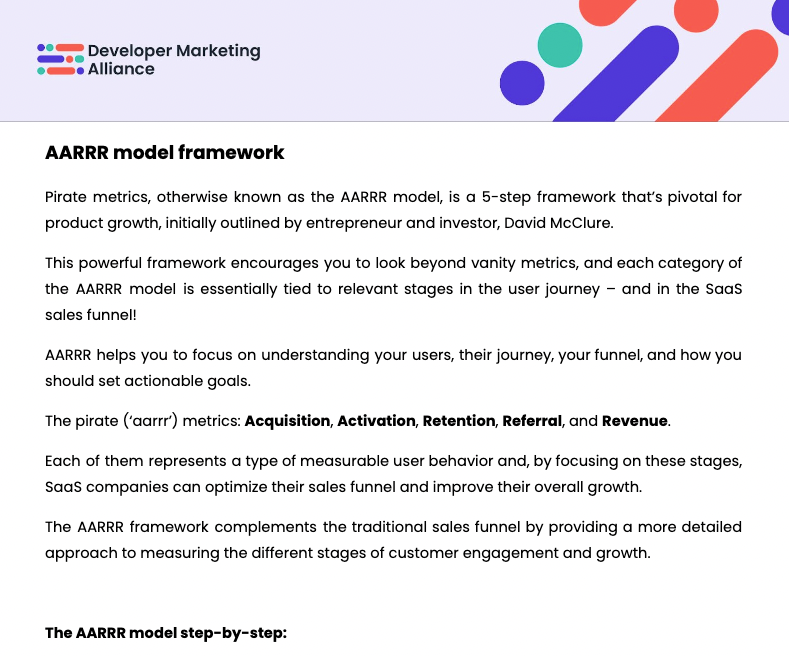
What are the common mistakes to avoid when building a SaaS sales funnel?
Not understanding your target audience
If you want to create a successful SaaS sales funnel, you must have a deep understanding of your developer audience and their needs. If you don't understand them, you won't be able to create content that resonates.
Not creating high-quality content
Each stage of the buyer journey should have high-quality content that tells your brand story, the success you’ve brought to other developers, etc.
Not optimizing the funnel
Another mistake is not checking for ‘holes; in the funnel where potential leads are falling through.If you have lots of interest in your product but not a lot of purchases, then maybe you haven’t showcased the benefits of your product enough, for example.
Not vetting leads properly
Make sure you’re checking your leads properly and qualifying them. Are they interested in your SaaS solution? Do they have the budget and decision-making authority to purchase your product? Qualified leads help sales teams boost win rates.
In short
The SaaS sales funnel is a roadmap for guiding potential customers from initial awareness to becoming loyal advocates of your product or service. Understanding and optimizing each stage of the funnel is crucial for driving revenue, increasing customer retention, and fostering long-term business growth.
Remember, a SaaS sales funnel isn't a linear journey. It can be cyclical and multi-directional, with customers moving back and forth between stages depending on their unique needs and experiences.
Further reading:





